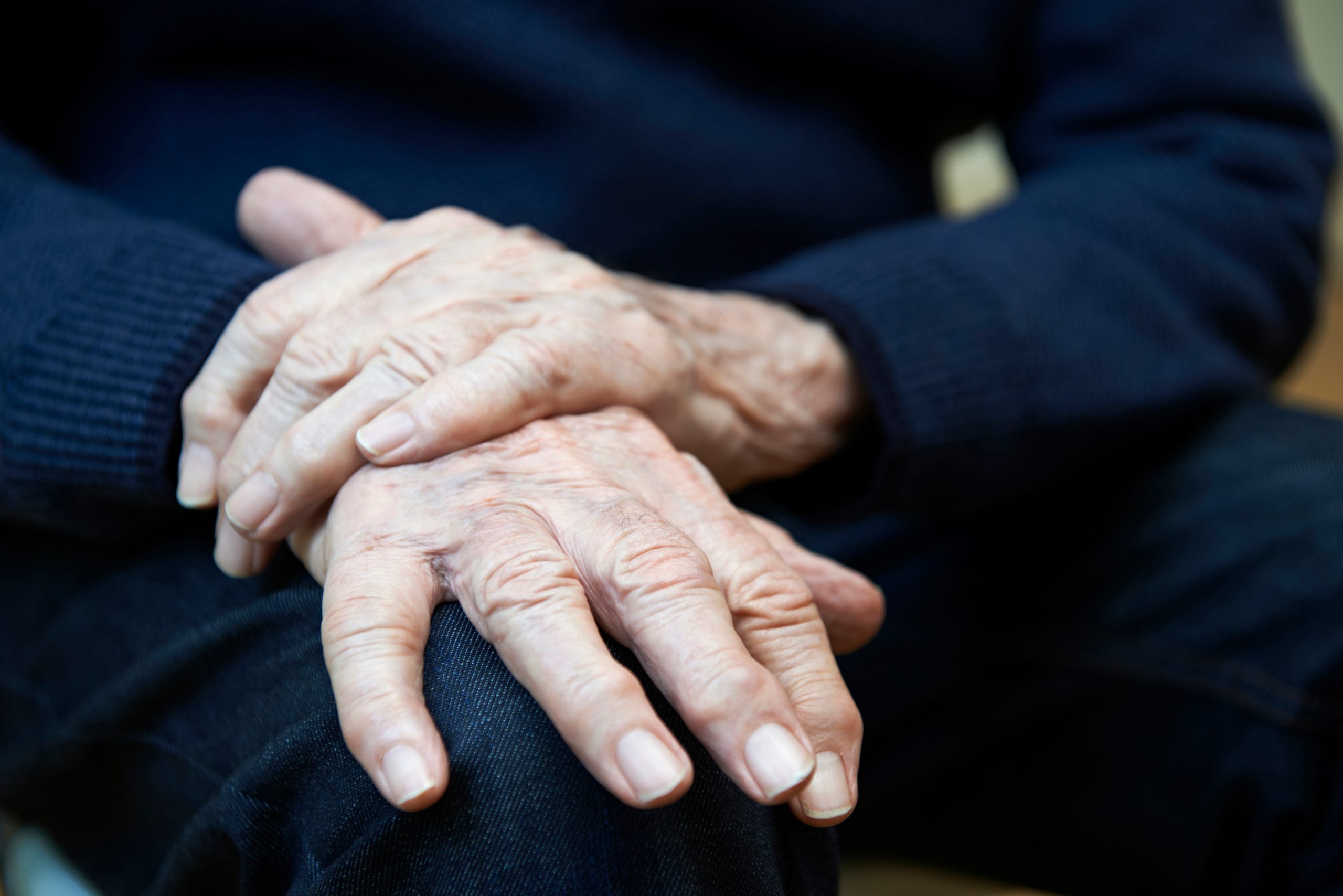Parkinson’s Disease:
Information and Resources
Attention deficit hyperactivity disorder (ADHD) is a common neurobehavioral disorder in America. Approximately 3 to 5 percent of all children in the USA have been diagnosed with this disorder.
ADHD affects one’s ability to focus on a given task. It also affects one’s ability to practice age-appropriate self control. This lack of self control can be entirely cognitive. It can also be a combination of cognitive and behavioral.
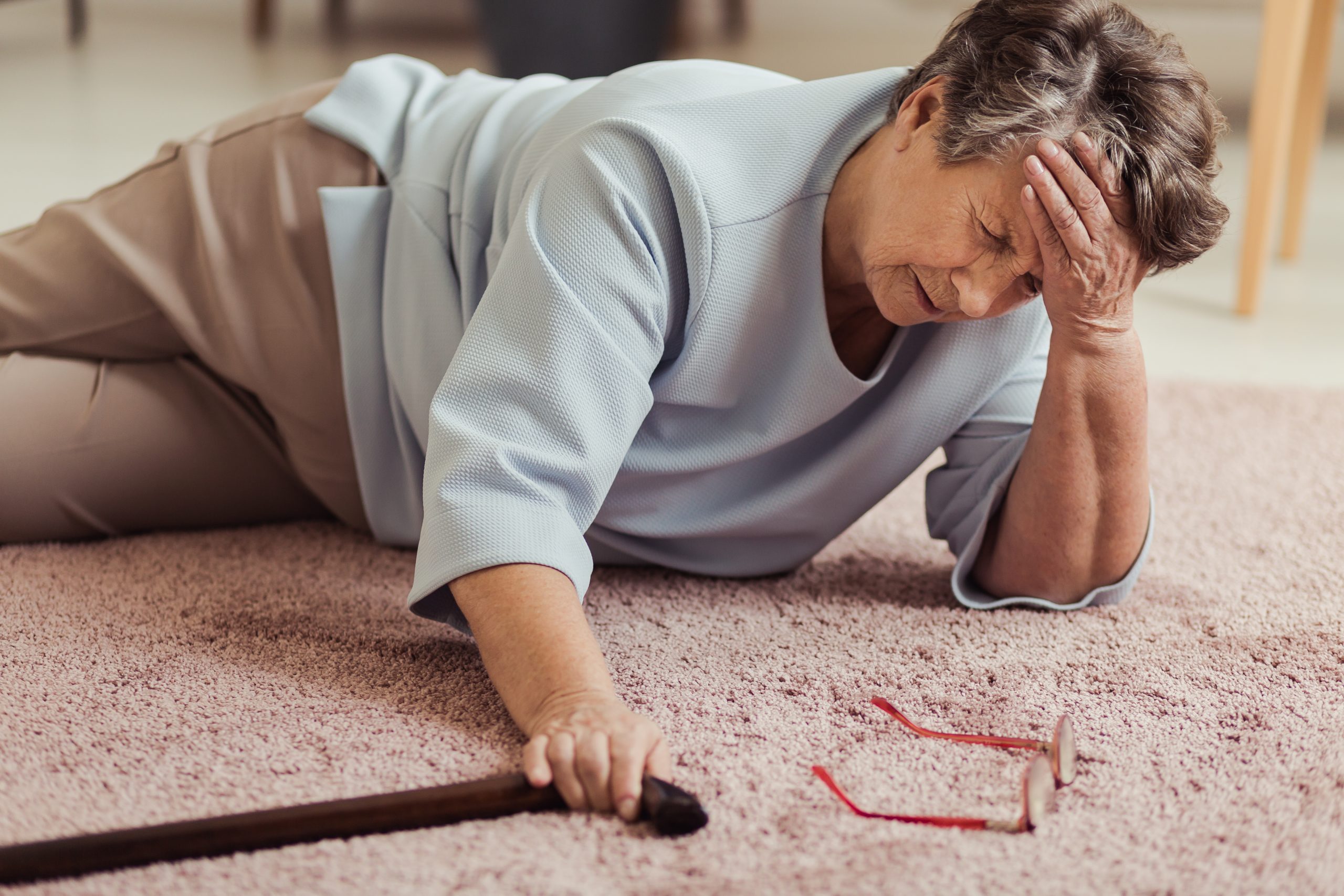
Early Symptoms
- Trembling of the hands, arms, legs, jaw and face
- Muscle stiffness of the arms, legs and trunk
- Noticeable slowness of movement
- Poor balance and coordination
Later Symptoms
- Difficulty walking
- Difficulty speaking
- Problems chewing and swallowing
- Trouble completing simple daily tasks
- Depression
- Problems sleeping
Diagnosing Parkinson’s Disease
There are no lab tests for PD so diagnosis can be problematic. However, a trained neurologist will use:
- Detailed medical history
- Review of the patient’s symptoms
- A neurological exam
- A physical exam
Your neurologist may also suggest a single-photon emission computerized tomography (SPECT) scan called a dopamine transporter (DAT) scan. However, more emphasis is generally placed on the observed symptoms and neurological exam for a PD diagnosis.
Early Symptoms
- Trembling of the hands, arms, legs, jaw and face
- Muscle stiffness of the arms, legs and trunk
- Noticeable slowness of movement
- Poor balance and coordination
Later Symptoms
- Difficulty walking
- Difficulty speaking
- Problems chewing and swallowing
- Trouble completing simple daily tasks
- Depression
- Problems sleeping
Diagnosing Parkinson’s Disease
There are no lab tests for PD so diagnosis can be problematic. However, a trained neurologist will use:
- Detailed medical history
- Review of the patient’s symptoms
- A neurological exam
- A physical exam
Your neurologist may also suggest a single-photon emission computerized tomography (SPECT) scan called a dopamine transporter (DAT) scan. However, more emphasis is generally placed on the observed symptoms and neurological exam for a PD diagnosis.

Treating Parkinson’s Disease
PD symptoms usually begin around age 60 although there can be an earlier onset. It is a condition that affects more men than women. There is no cure for PD, but there are treatments that can help to manage the symptoms. These treatments include:
- Medications to manage difficulties walking and moving, as well as tremors. These medicines may increase or replace dopamine.
- Surgery
- Deep brain stimulation (DBS) for severe cases. In DBS, surgeons implant electrodes into a specific area of the brain. These electrodes are then attached to a generation implanted near the collarbone. This equipment sends electrical pulses to the brain and reduces PD symptoms.
There are risks associated with surgical interventions. These can include infections, stroke and brain hemorrhage, for example. However, the likelihood of these risks can be discussed with your neurologist.

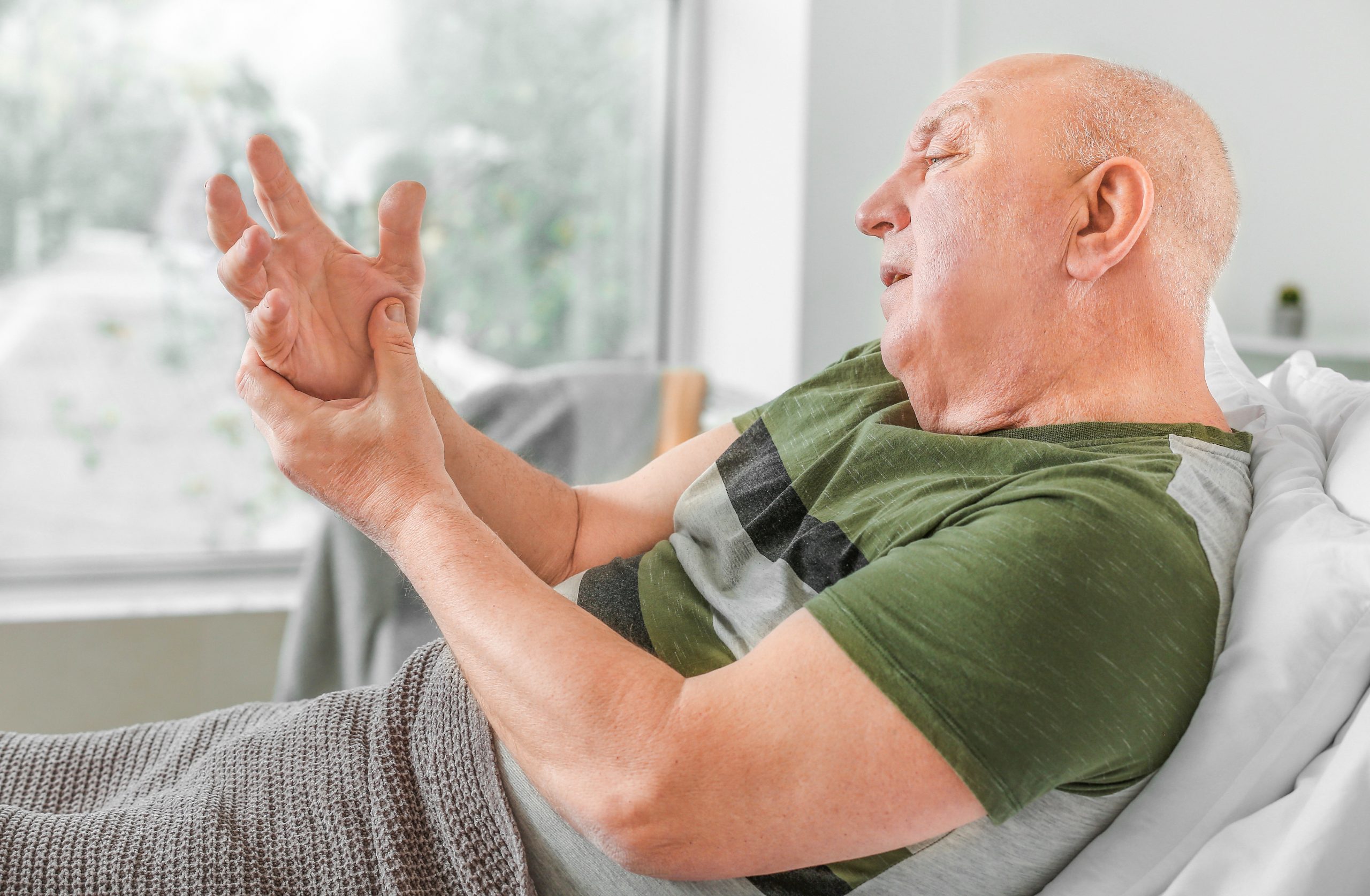
Parkinson’s Disease Prognosis
There are several stages of PD that give an approximation of the outcomes of this disease:
Stage 1
Mild symptoms that don’t interfere with quality of life.
Stage 2
A worsening of symptoms and daily activities become more time-consuming and difficult.
Stage 3
The individual loses balance, moves slower, and has a lot of falls. Daily activities like taking care of one’s hygiene and eating are now impaired.
Stage 4
Severe symptoms and the person needs assistance to walk, as well as to perform daily activities.
Stage 5
Most advanced stage of PD. The person is unable to walk and may require full-time assisted living.
Parkinson’s Disease Prognosis
There are several stages of PD that give an approximation of the outcomes of this disease:
Stage 1
Mild symptoms that don’t interfere with quality of life.
Stage 2
A worsening of symptoms and daily activities become more time-consuming and difficult.
Stage 3
The individual loses balance, moves slower, and has a lot of falls. Daily activities like taking care of one’s hygiene and eating are now impaired.
Stage 4
Severe symptoms and the person needs assistance to walk, as well as to perform daily activities.
Stage 5
Most advanced stage of PD. The person is unable to walk and may require full-time assisted living.

Accessing Healthcare
for Parkinson’s Disease
If you or someone you know has PD or is experiencing PD symptoms, we invite you to contact us. At Family Neurology, we have the top specialists who are able to diagnose PD and devise the best treatment plan to alleviate your symptoms. Don’t get fixated on the diagnosis, but get started on a proven plan to maintain your quality of life.
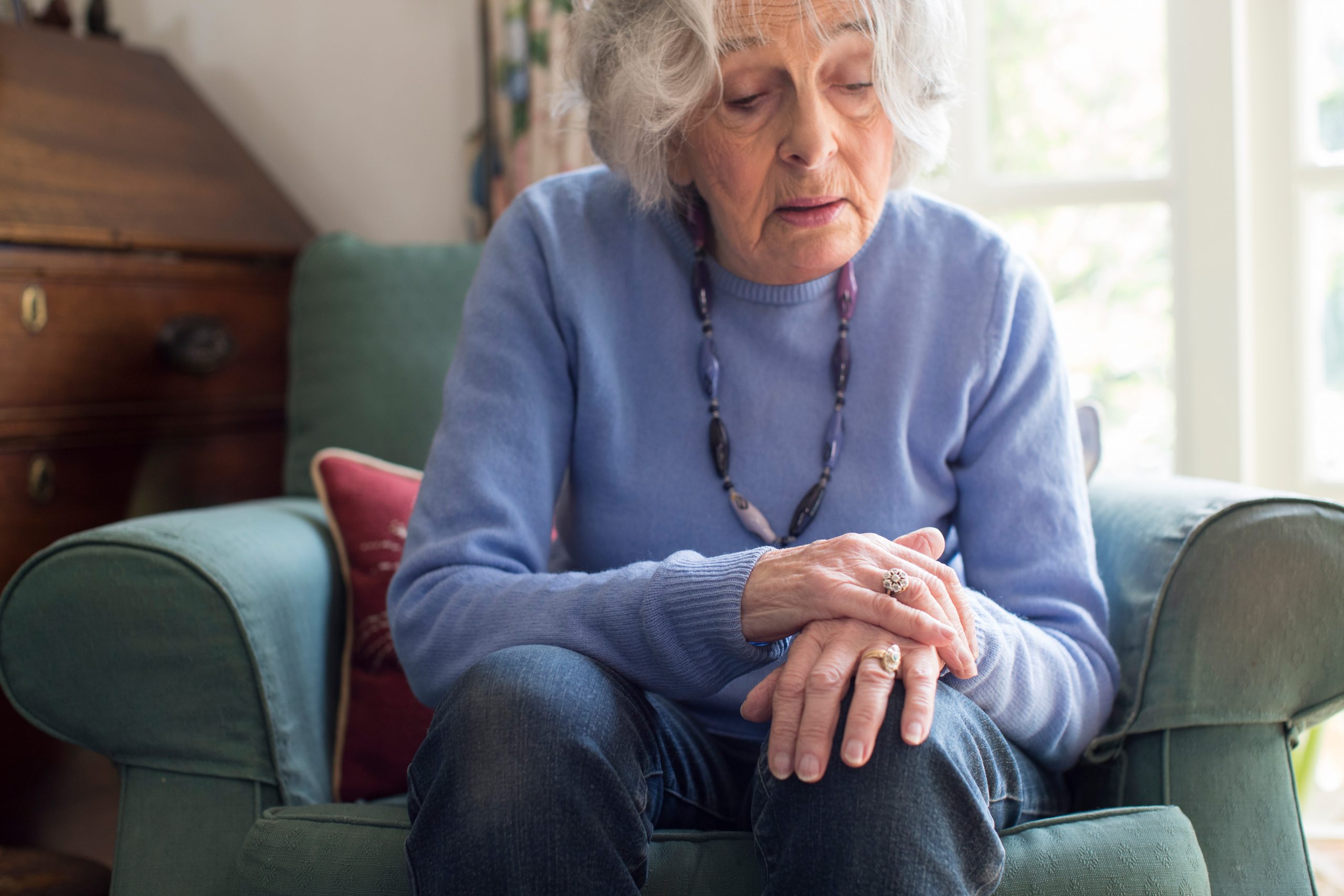
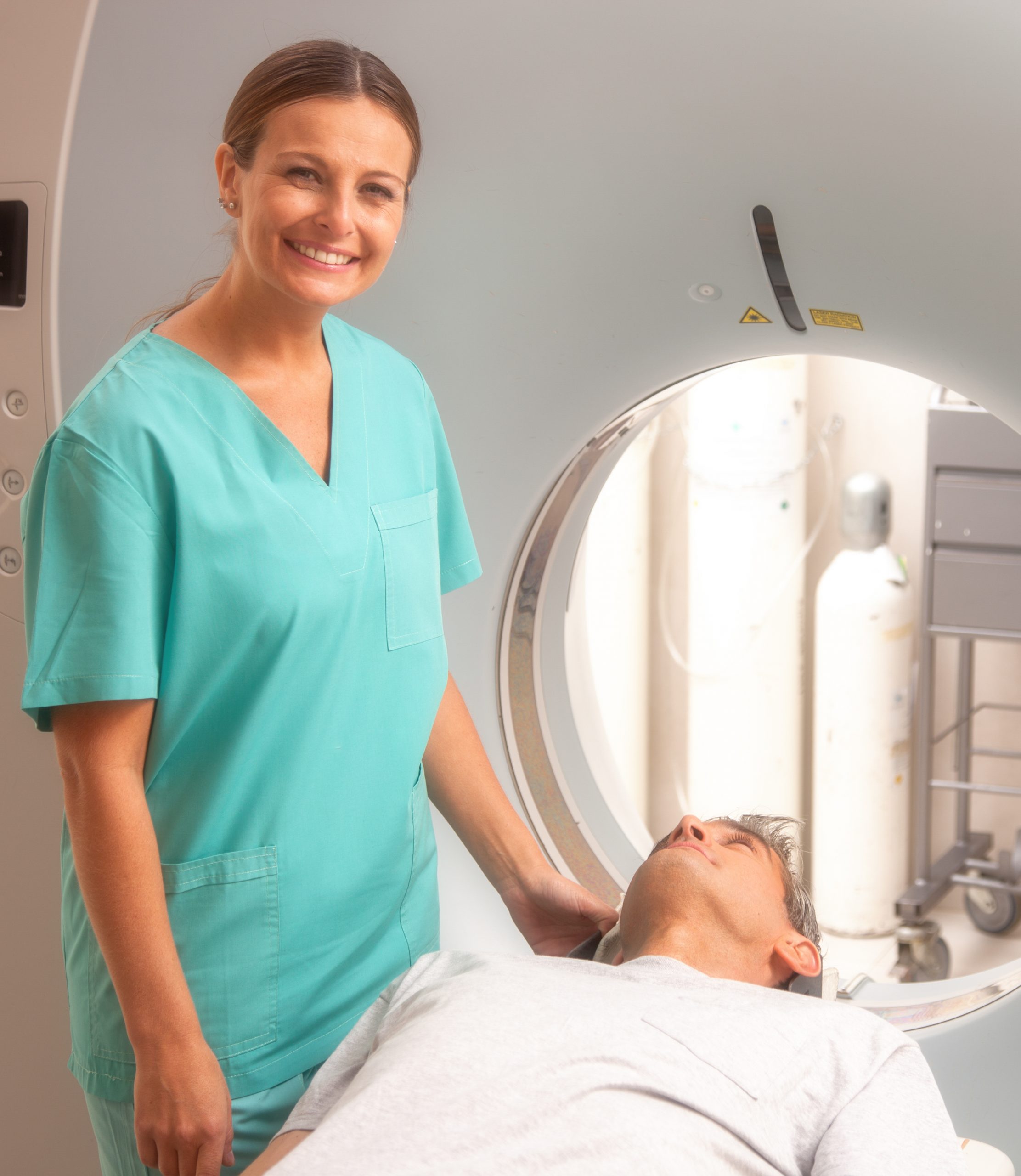
Parkinson’s Disease Resources
Organizations
National Institute of Neurological Disorders and Stroke (NINDS)
This institute conducts research on brain diseases and neurological disorders. The NINDS also funds similar research projects in several medical institutes across America.
National Institutes of Health (NIH)
This conglomeration of several institutes is responsible for conducting and funding biomedical and public health research in the USA.
American Parkinson Disease Association (APDA)
An association that provides information about the various services available to patients with PD, as well as fundraises for research in new drug therapies and finding a cure.
National Parkinson Foundation (NPF)
This foundation supports the care and treatment of people with PD. It also facilitates research, education, outreach, as well as support services to improve the quality of care of PD patients.
Parkinson’s Disease Foundation (PDF)
Another national foundation that promotes PD research, patient education and public advocacy. It also provides educational programs and support services for PD patients, their families and caregivers.
Parkinson’s Resource Organization (PRO)
This is a non-profit organization. It works to provide hope, encouragement, support, education, and inspiration for all persons with Parkinson’s. It also provides an interactive website and a growing resource directory. PRO also offers information and referrals about PD, education, respite care, as well as emotional support for PD families and caregivers.
Parkinson’s Disease Resources
Organizations
National Institute of Neurological Disorders and Stroke (NINDS)
This institute conducts research on brain diseases and neurological disorders. The NINDS also funds similar research projects in several medical institutes across America.
National Institutes of Health (NIH)
This conglomeration of several institutes is responsible for conducting and funding biomedical and public health research in the USA.
American Parkinson Disease Association (APDA)
An association that provides information about the various services available to patients with PD, as well as fundraises for research in new drug therapies and finding a cure.
National Parkinson Foundation (NPF)
This foundation supports the care and treatment of people with PD. It also facilitates research, education, outreach, as well as support services to improve the quality of care of PD patients.
Parkinson’s Disease Foundation (PDF)
Another national foundation that promotes PD research, patient education and public advocacy. It also provides educational programs and support services for PD patients, their families and caregivers.
Parkinson’s Resource Organization (PRO)
This is a non-profit organization. It works to provide hope, encouragement, support, education, and inspiration for all persons with Parkinson’s. It also provides an interactive website and a growing resource directory. PRO also offers information and referrals about PD, education, respite care, as well as emotional support for PD families and caregivers.

Call Us to Make an Appointment
Phone: 713-589-7020
Fax: 713-999-9095
3301 Plainview St, Suite 8
Pasadena, Texas 77504

